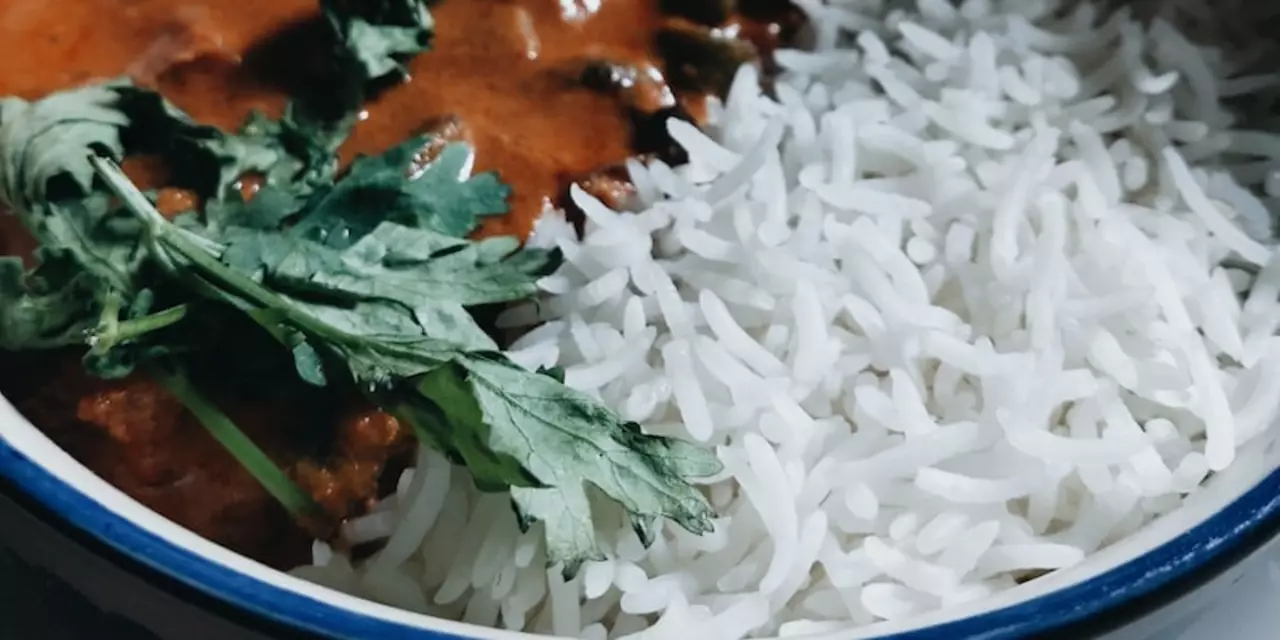Exploring the Health Benefits of Traditional Indian Cuisine
Indian cuisine is one of the most diverse and flavorful in the world. Different regions of India boast different types of dishes, each with its own unique flavor and health benefits. From the aromatic curries of the south to the robust tandoori dishes of the north, Indian food is full of nutrition and flavor.For those looking to make healthier food choices, traditional Indian cuisine offers a wealth of options. Indian dishes often contain a variety of fresh vegetables, spices, and herbs, all of which are packed full of vitamins, minerals, and other essential nutrients. Many Indian dishes are also low in fat and calories, making them ideal for those watching their weight.
Not only are many Indian dishes healthy, but they can also be surprisingly flavorful. Spices like turmeric, cumin, and coriander lend warmth and depth to dishes, while fresh herbs like cilantro, mint, and ginger add a fresh and fragrant element. The combination of spices, herbs, and vegetables creates a unique and delicious flavor that is sure to satisfy any palate.
Finally, Indian cuisine is also incredibly versatile. From light and healthy vegetable dishes to hearty and savory meat-based meals, there is something for everyone in Indian cuisine. With its variety of flavors, textures, and health benefits, traditional Indian cuisine is a great way to explore a healthier lifestyle.
How to Incorporate Indian Foods into a Healthy Diet
When it comes to creating a healthy diet, incorporating Indian foods can be a great way to get the nutrients and flavors you need. India is well known for its rich and flavorful cuisine, with many dishes packed full of nutritious ingredients. Here are some tips for incorporating Indian foods into your diet for a healthier lifestyle.1. Choose whole grains: Indian cuisine is packed full of wholesome carbohydrates like rice, wheat and millet. Choose these over processed white breads and pastas for a healthier option.
2. Get creative with spices: Spices are an integral part of Indian cuisine, and can be used to add flavor and nutrition to your meals. Turmeric, for example, is a powerful anti-inflammatory, while cumin and coriander can help to balance blood sugar levels.
3. Include legumes and lentils: Legumes and lentils are a great source of plant-based protein and fiber. They are also low in calories and can be used to bulk up dishes and make them more filling.
4. Use healthy cooking methods: When cooking Indian dishes, it’s important to use healthier cooking methods such as steaming, grilling and baking. This will help to retain the nutrients and flavor of the food.
5. Add in fresh vegetables: Fresh vegetables are a great way to add flavor and nutrition to Indian dishes. Try adding in some chopped tomatoes, bell peppers or spinach to dishes like curries and dals for an extra boost of vitamins and minerals.
By incorporating these tips, you can enjoy the flavors of Indian cuisine while still maintaining a healthy diet. So, go ahead and spice up your meals with some delicious and nutritious Indian dishes!



